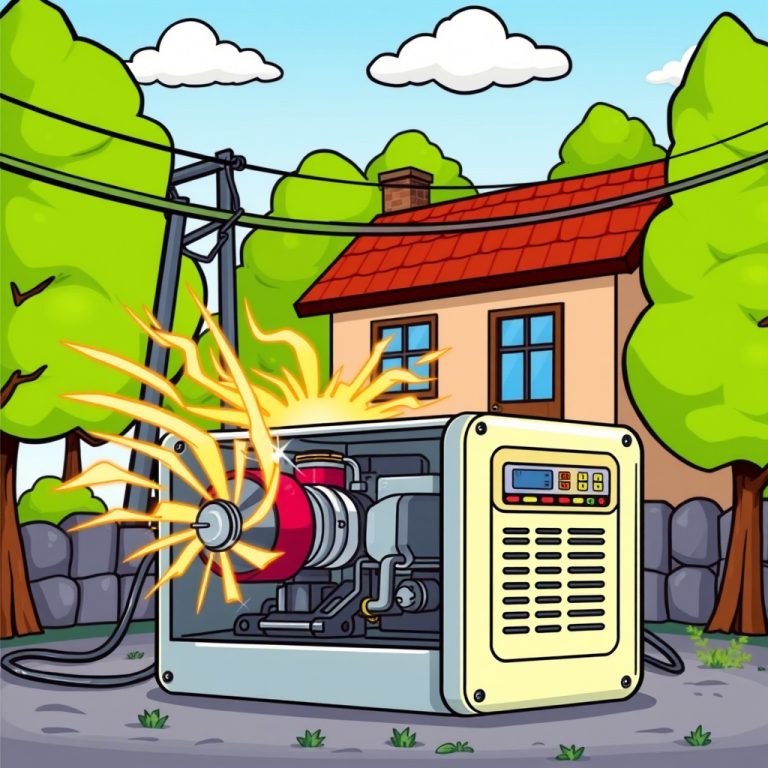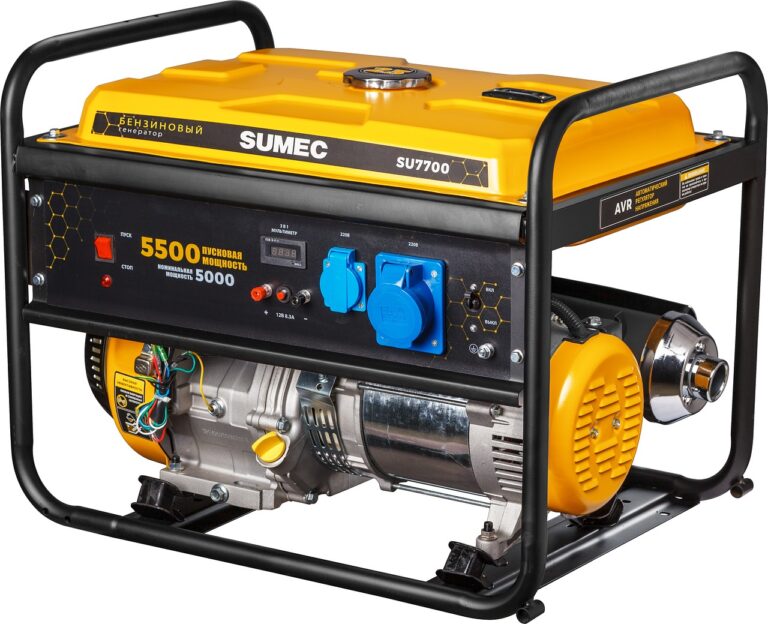Can I use a Portable Generator in Wet or Damp Conditions?
When it comes to using a portable generator, safety should always be the top priority. One common question that many people have is whether or not it is safe to use a portable generator in wet or damp conditions. In this article, I’ll be diving into the topic and answering the question, “Can I use a portable generator in wet or damp conditions?”
The Hazards of Using a Portable Generator in Wet or Damp Conditions
When it comes to using a portable generator, safety should always be the top priority. One common question that many people have is whether or not it is safe to use a portable generator in wet or damp conditions. The main concern is the risk of electrocution. If the generator is not properly protected from the elements, water can come into contact with electrical components and create a dangerous situation. Additionally, if the generator is not on a dry surface, the water can create a slip hazard, putting the user at risk of injury. Another concern is the potential damage to the generator itself. Water and moisture can cause corrosion to the internal components of the generator, potentially rendering it unusable. This can be costly and time-consuming to repair or replace.
Protection Measures to take
So, with that being said, it is not recommended to use a portable generator in wet or damp conditions. However, there may be times when it is necessary to use a generator in these conditions. For example, during a power outage caused by a natural disaster such as a flood or heavy rainstorm. In these situations, it’s important to take extra precautions to protect both yourself and the generator. One way to protect yourself and the generator is by using a canopy or other protective covering. This will help to keep the generator dry and reduce the risk of electrocution. Additionally, make sure to place the generator on a dry surface, such as a piece of plywood or a tarp, to protect it from water and moisture.
Proper Grounding and Electrical Connections
Another important safety measure to take is to make sure that the generator is properly grounded. This can help to reduce the risk of electrocution, as it ensures that any electrical current is directed safely into the ground. If you are using the generator to power appliances, make sure that all appliances are properly grounded and that all electrical connections are made correctly. This will help to prevent potential electrical hazards.
Follow the Manufacturer’s Instructions
Additionally, it is essential to follow the manufacturer’s instructions when using a portable generator, as they will provide specific guidance on how to safely use the generator in wet or damp conditions.
Generators Built for Wet or Damp Conditions
It’s also important to note that some portable generators are designed to be used in wet or damp conditions, such as the ones that have been built with waterproof enclosures, or the ones that have been tested and certified by an independent testing lab for use in wet conditions. However, even if you have these types of generators, it is still important to take the necessary safety precautions to protect yourself and the generator from any potential hazards.
Conclusion
In conclusion, while it is not recommended to use a portable generator in wet or damp conditions, there may be times when it is necessary. If you do need to use a generator in these conditions, be sure to take extra precautions to protect both yourself and the generator, such as using a canopy or other protective covering, placing the generator on a dry surface, and properly grounding the generator and any appliances it is powering. Always follow the manufacturer’s instructions and if possible, use a generator that is designed to be used in wet or damp conditions.




